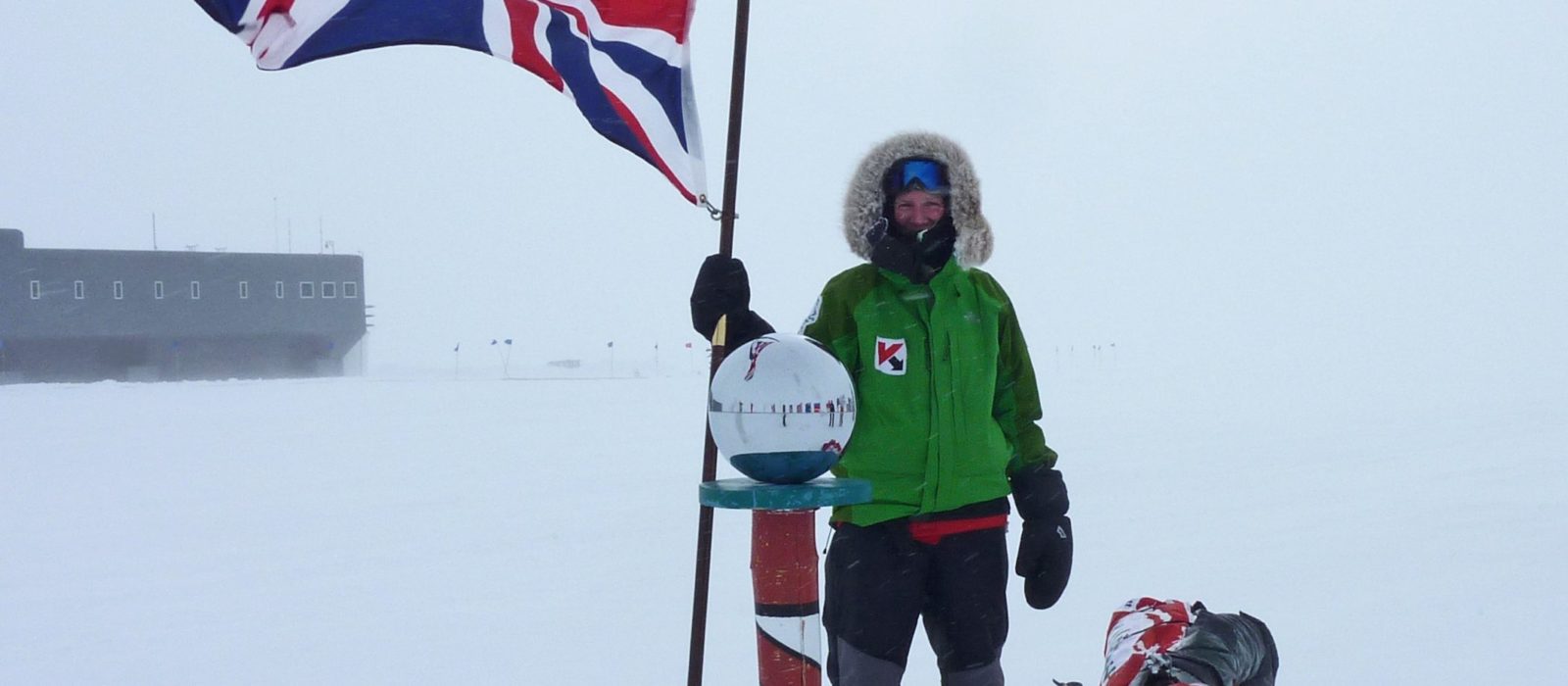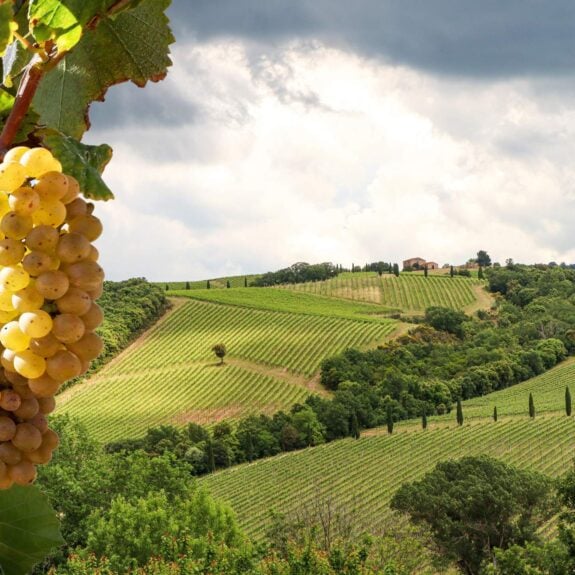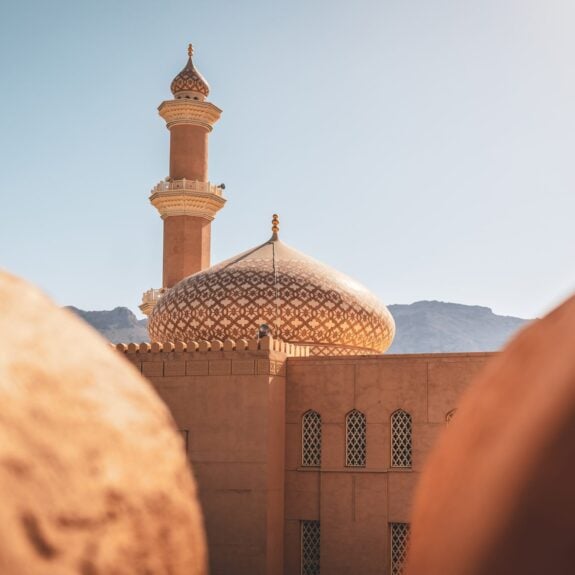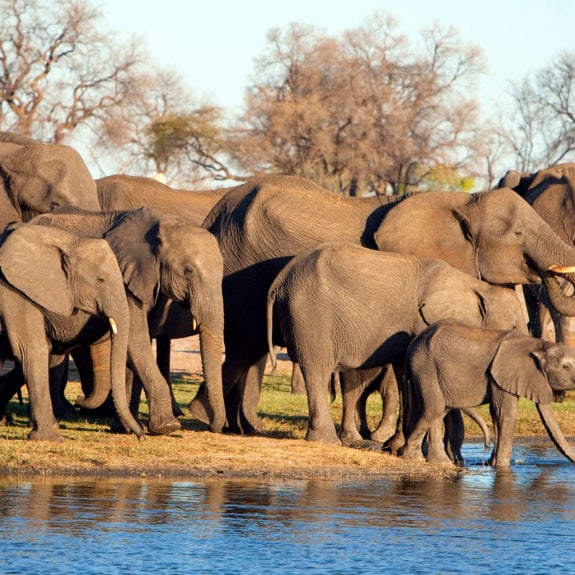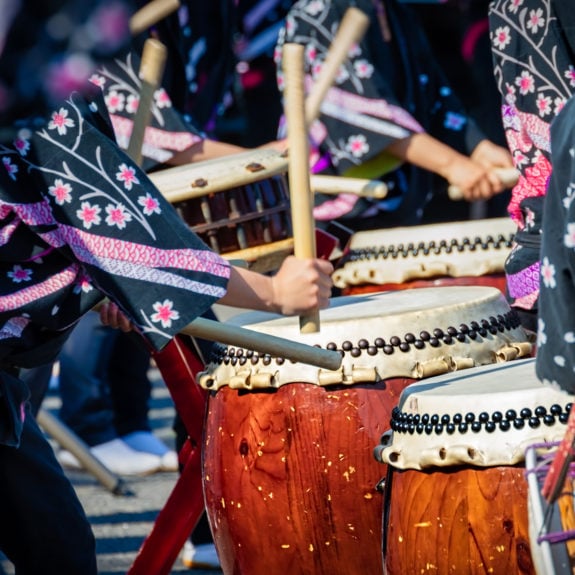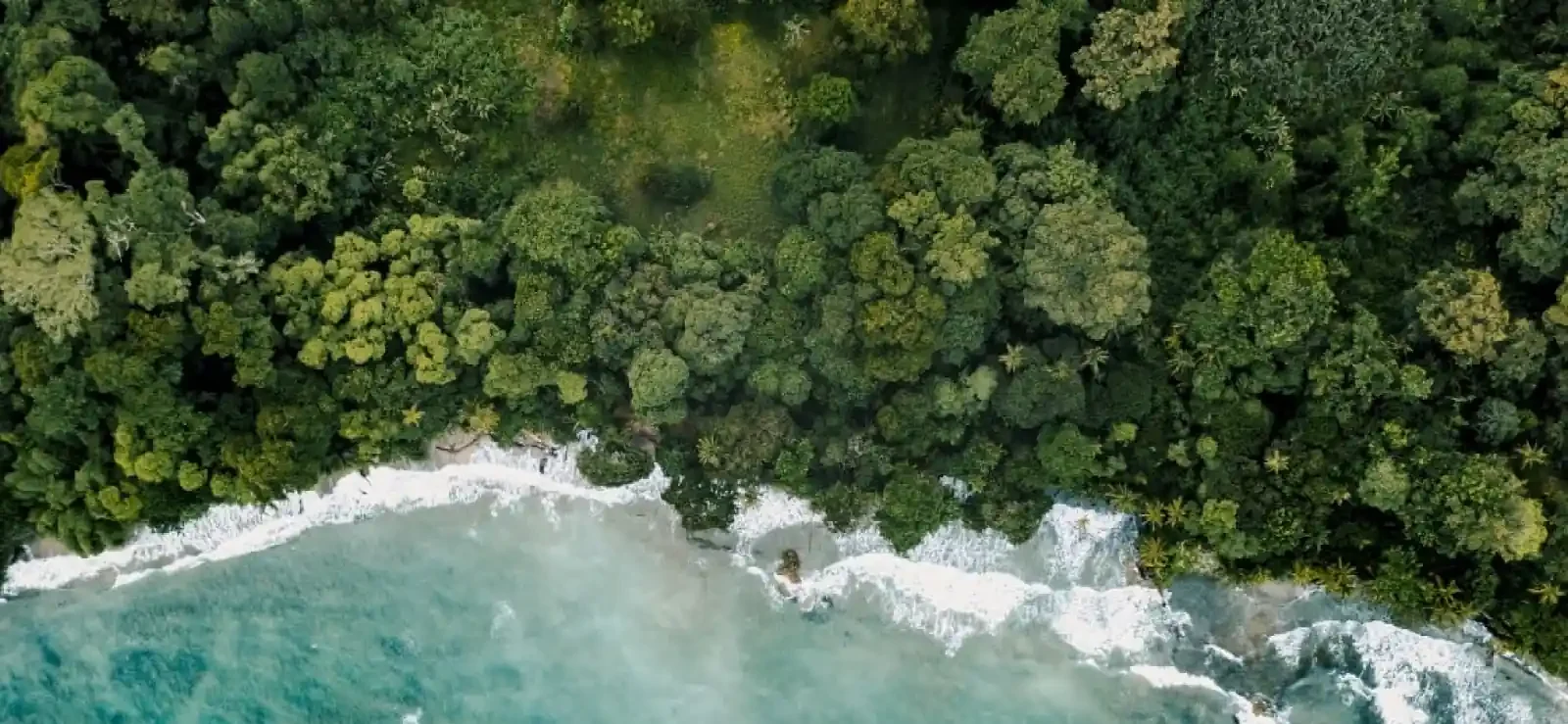Published on: January 27th, 2015
Last updated: December 2nd, 2021
Polar explorer, author and presenter Felicity Aston on the highs and lows of her record-breaking journeys through the ice and snow.
Recognised for her great achievements in polar exploration, the explorer, author and presenter Felicity Aston was on the first all-female team to complete a race across the Canadian Arctic, led the first British women’s crossing of the Greenland ice-sheet, and embarked on a solo expedition in 2012 that made her the first woman to ski across Antarctica alone. She tells us about the lessons she’s learnt along the way, and her enduring appreciation of the polar environment. “Every time I leave Antarctica I make sure I take a moment to say goodbye,” she says, “because it’s the sort of place you never know you’ll have the opportunity to go back to.”
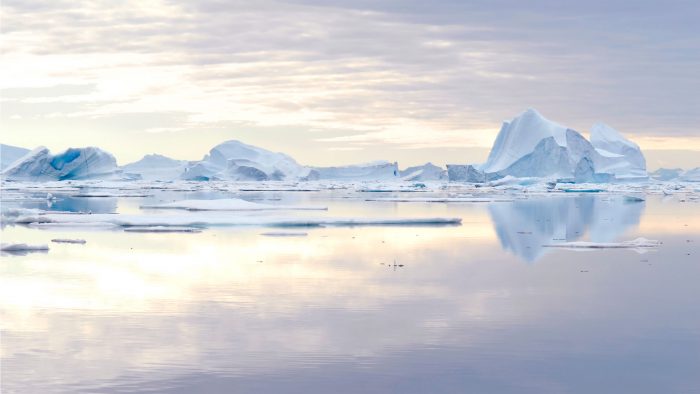
You’ve spent a great deal of time in the polar regions. What is it about this environment that keeps pulling you back?
There is something very special about it. I’ve been to the desert; I’ve been to the jungle; I’ve been to lots of different places, but I just keep getting drawn back to that winter environment. There’s something that speaks to me about the Antarctic environment particularly, as it’s so vast, empty and ancient. In any part of the world, when there’s a covering of snow, I find myself getting excited and I want to travel there, get to that horizon and see what’s over the next hill.
How did polar exploration begin for you?
It began with my first job after university, which was with the British Antarctic Survey. I was 23 years old, and as a brand new graduate I signed up for a 39-month contract [as a meteorologist] to go to the Rothera Research Station, which is the biggest of the UK’s two research stations in Antarctica. It’s a tiny place on the Antarctic Peninsula. You sail down there, spend a summer, then a winter, another summer and another winter, then another summer before going home.
It’s a big commitment because you’re totally cut off from the world during the seven-month winters. There are no ships, no planes, and there was no proper internet connection at that point. It was a daunting thing to do at 23, but I got to experience Antarctica in a way that very few people do, on the good days when I loved being there, and on the bad days. I felt very privileged.
What did you find most challenging about that time?
In retrospect, probably the dynamics of a small community. In the summertime, the base could have anywhere up to 80 people but it was a very transient population because it was 24-hour daylight with air operations whenever the weather was good, but then in the wintertime the population shrinks to just 20 or 23 of you.
It’s this weird mix of having to be very comfortable living in your own company, while also having to be very comfortable living in the pockets of others. If there was someone you couldn’t get along with, you knew you’d see them at breakfast, lunch and dinner; You’d see them at work, but you’d also see them at the bar in the evening.
It was a fantastic grounding for me in terms of going on to putting together and leading my own teams, because when I’ve seen team dynamics developing, they’re familiar to me. I’ve seen that when people are feeling vulnerable, they behave very differently. The research station gave me a fantastic understanding of that.
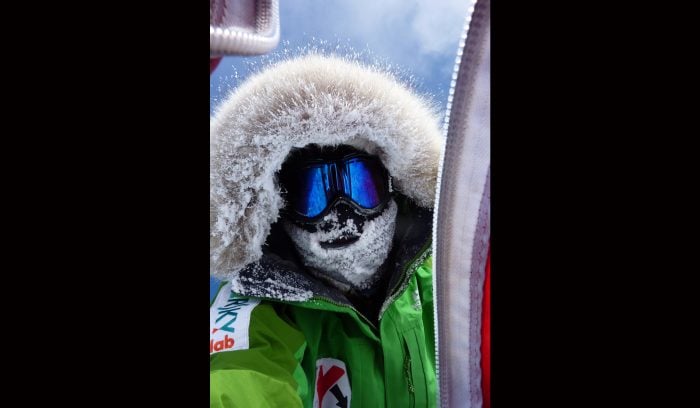
How did you go on to putting together your own expeditions?
When I came back to the UK, the first job I got was at the Royal Geographical Society in London, which looking back was a terrible decision; If you’ve got itchy feet, it’s the worst place to be, because everyone you meet has either just come back from somewhere incredibly exciting or they’re about to go somewhere incredibly exciting. I only lasted a number of months before I quit my job to put together my own expedition.
I headed north first, to the Arctic. The first expedition I put together independently was a crossing of Greenland. It was the first British women’s team to cross Greenland, and when I think back it takes my breath away because it was so spectacularly naive [laughs]. I mean, we literally got out a map of Greenland, drew a straight line across it and decided that was our route. We didn’t have any money and couldn’t afford a helicopter back from the far coast of Greenland, so we planned to just turn around and ski back, but after covering 1,100 kilometres in 31 days, we realised exactly why people didn’t do that.
It was one of the most physically challenging polar expeditions I’ve ever done. We really pushed ourselves because we didn’t know any better. We got out rations wrong; we got our footwear wrong; we made so many mistakes, but I learnt a huge amount through that. It was the first time I was the leader of an expedition and I really felt that responsibility. It did me a lot of good.
Do people react to you differently as a female explorer, either before an expedition or after you’ve completed it?
Definitely. When I’m leading teams of men, I’m aware that I have to establish my credibility right up front, which doesn’t come naturally to me. It goes against the grain to stand up and say, this is what I’ve done and this is why I’m here, but I’ve found it’s very important.
There is a perception, particularly in the polar environment, that women aren’t as physically tough, so there are still lots of all-male teams. When you look at polar explorers though, like with ultra endurance sports, the performance gap between genders tends to close up. Hannah McKeand, another British female polar explorer, smashed the record to the South Pole, which surprised everybody, and it didn’t really matter that it was a woman who’d done it.
When you get these big endurance challenges, women seem to perform really well, so it’s a shame that the big landmark expeditions still tend to be all-male teams. There are a lot of women out there with the skills, confidence and ability to really hold their own.
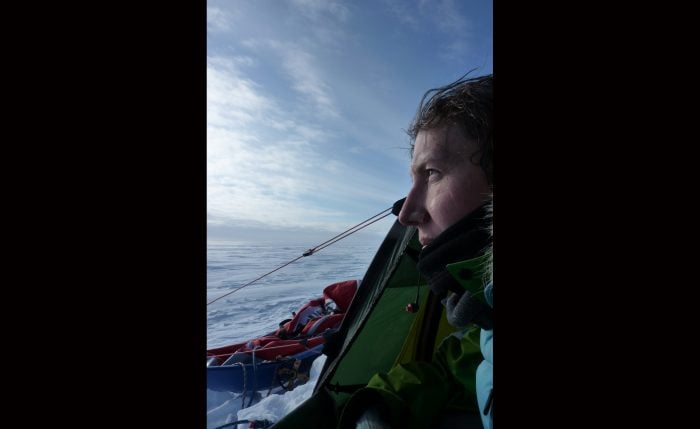
Are you inspired by any other polar explorers?
There are so many wonderful people out there doing great stuff. I’m often asked if I was inspired by the explorer Scott Shackleton, but I’m not really, because although, just like anyone else, I’m completely in awe of what they did, in terms of being inspired, I find them quite hard characters to relate to. They’re men at the opposite end of the century to when I was born, so the attitudes they had and the way they went about things are completely alien to me. A lot has changed since then.
I remember reading Ellen MacArthur’s book, Taking on the World, when I was starting to put together my own expeditions. The book is about how she struggled to put things together but was ultimately successful. That book was important to me then because she was somebody who’d been through it all and yet there was a light at the end of the tunnel. It made me feel a little less crazy, as there aren’t many people out there doing it. You’re spending all of your time, money and effort putting together these trips, and you do question yourself, so it’s nice to think, well this person did it, so it is possible to make it happen.
That’s why I now think it’s important for me to share my stories. There are a lot of people out there now who are just starting out and trying to make their dreams happen, so while it can seem impossible, it’s important to hear that it does happen and it is worth it in the end.
Which of your own books are you most proud of?
Well, the first one, Call of the White, is about getting a team together and making these eight people into one effective team, but then Alone in Antarctica is so different because it’s about the psychological journey, more than the physical one, as I crossed Antarctica by myself. The last one I wrote Chasing Winter: A Journey to the Pole of Cold is one I’m really proud of, because it was a real labour of love. I designed it myself and used my own photos. It’s not a continuous narrative, but more a series of short anecdotes. I’m proud of all of them in their different ways, but if I had to pick one right now, I’d say the latest one, Pole of Cold.
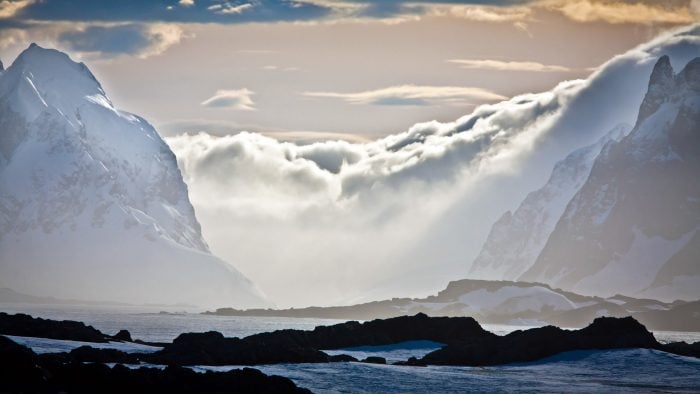
When you’re on expeditions, do you have an appreciation of your surroundings, or are you just focused on the ultimate goal and staying safe?
I think you have to take the time to stop and appreciate where you are. It’s one of the things I say a lot when I’m training people. You see it all too often when people are so wrapped up in the everyday lurching from one crisis to another that suddenly their expedition – their adventure – is over. I’m certainly always very aware of just how incredible these surroundings are.
As big white, snowy places, people often think the Arctic and Antarctica must be similar, but they’re actually really different. The Arctic is a snow-covered continent of rock, whereas Antarctica is largely a frozen ocean. And, in the Arctic there’s lots of wildlife and a native population.
When I got back from Antarctica, people were very fond of asking me what the worst and best moments were. I was surprised that when I thought back, my best and worst moments were one of the same – moments when I was in a massive blizzard, feeling tired, disoriented and cold. You’re absolutely miserable, and yet, there’s a part of your brain going: Wow, this is amazing; This is being an explorer; Look, I’m here, doing it.
Every time I leave Antarctica I make sure I take a moment to say goodbye because it’s the sort of place you never know if you’ll have the opportunity to go back. It’s still one part of the world where you can’t just decide to buy yourself a ticket and go.
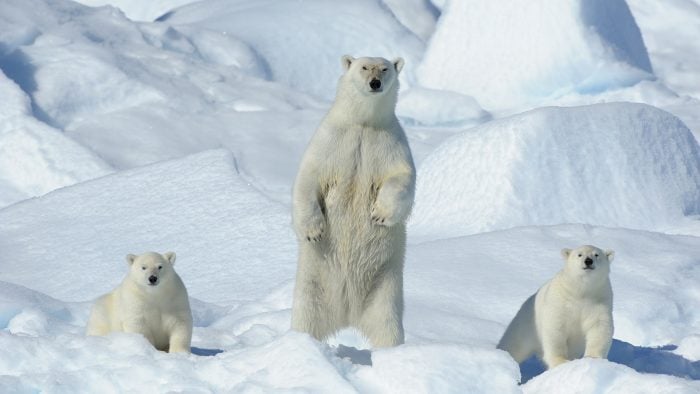
You mentioned the wildlife in the Arctic. Have you had any particularly remarkable wildlife encounters?
In the Antarctic, it’s really wonderful because the wildlife hasn’t really learnt to be scared of human beings. So much time has gone by when they’ve had no reason to be scared, so it’s quite an odd dynamic when you’re amongst the wildlife there. You have to keep your distance, but I remember kneeling down to have a better look at some emperor penguins, when they came right up to me. As I nodded my head, they nodded their heads; it makes you wonder what their thought process is.
The Arctic is completely different because the wildlife there does need to be scared of humans. Then you have the polar bears, which I’m absolutely terrified of. They’ve been the primary concern whenever I’ve been up in the Arctic, and I did have one quite close encounter. It was wonderful to see a polar bear in the wild, but it was as close as I’d want to come. It’s a double-edged sword – you really want to see a polar bear, but you really don’t want to see a polar bear because they really are very dangerous.
You’re now based in the UK and Iceland. What do you find appealing about Iceland?
What I like most about Iceland is the proximity to snow and ice. You can go up on the glaciers here in the middle of summer and still see a patch of snow. It’s quite easy to get to environments that feel very wild and very polar.
Do you have any upcoming expeditions to the Arctic or Antarctic?
I’m going back to Antarctica for another project, then in the summer I’m going to the North Pole on a Russian icebreaker. After that I’ll hopefully be in Antarctica for the following season.
I’m always struck by the sense of time running out; I even felt this from a young age [laughs]. I once got asked what my greatest fear was, and I said my greatest fear was running out of time. There’s lots I’d like to do and I have lots of plans.
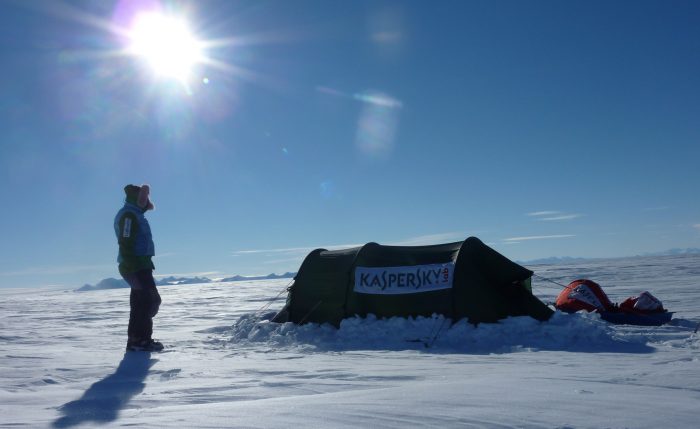
Keep up-to-date with Felicity’s latest expeditions on www.felicityaston.co.uk.
